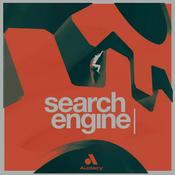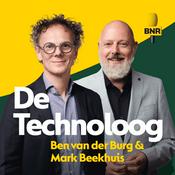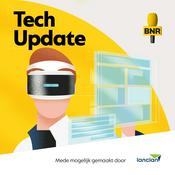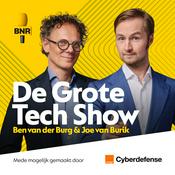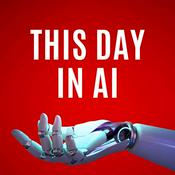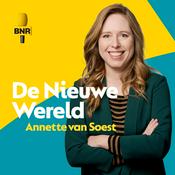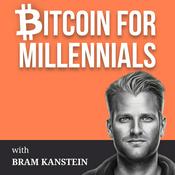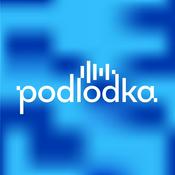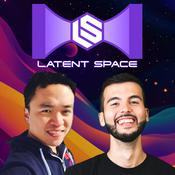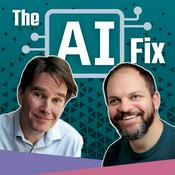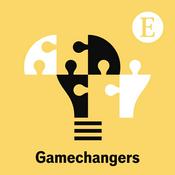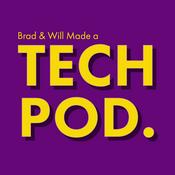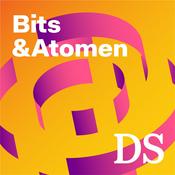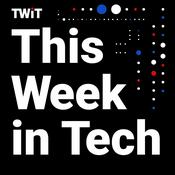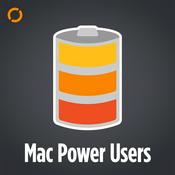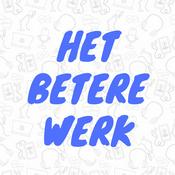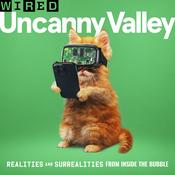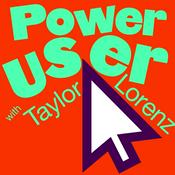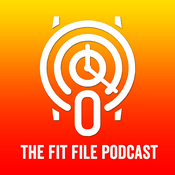534 afleveringen
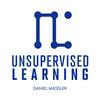
Judge AI based on Output, Not Mechanism
22-11-2025 | 6 Min.
How we can use an output-based system to judge whether or not different kinds of technology achieve understanding or intelligence. Become a Member: https://danielmiessler.com/upgradeSee omnystudio.com/listener for privacy information.

Humans Need Entropy
16-11-2025 | 4 Min.
How humans and AI models both share the weakness of deterioration without novel inputs. Become a Member: https://danielmiessler.com/upgradeSee omnystudio.com/listener for privacy information.

Why I Think Karpathy is Wrong on the AGI Timeline
20-10-2025 | 9 Min.
Karpathy is confusing LLM limitations with AI system limitations, and that makes all the difference. Become a Member: https://danielmiessler.com/upgradeSee omnystudio.com/listener for privacy information.

Novelty Exploration vs. Pattern Exploitation
15-10-2025 | 3 Min.
How going from exploration to exploitation can help you as both a consumer and creator of everything.Become a Member: https://danielmiessler.com/upgradeSee omnystudio.com/listener for privacy information.

Magnifying Time
14-10-2025 | 6 Min.
Some thoughts on how novelty and attention magnify the time that we have. Become a Member: https://danielmiessler.com/upgradeSee omnystudio.com/listener for privacy information.
Meer Technologie podcasts
Trending Technologie -podcasts
Over Unsupervised Learning
Luister naar Unsupervised Learning, AI Report en vele andere podcasts van over de hele wereld met de radio.net-app

Ontvang de gratis radio.net app
- Zenders en podcasts om te bookmarken
- Streamen via Wi-Fi of Bluetooth
- Ondersteunt Carplay & Android Auto
- Veel andere app-functies
Ontvang de gratis radio.net app
- Zenders en podcasts om te bookmarken
- Streamen via Wi-Fi of Bluetooth
- Ondersteunt Carplay & Android Auto
- Veel andere app-functies


Unsupervised Learning
download de app,
luisteren.


